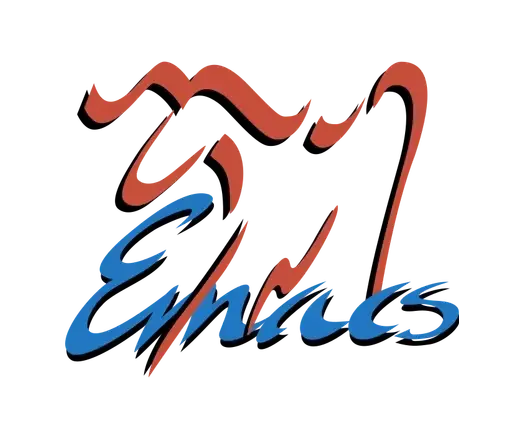Once I saw nil or 'nil from some (setq …), it usually worried me.
The barely nil appears to be a variable name no more than `foo bar zoo` and there shoud be a value it points to.The quoted 'nil seems to be a data or a value in data mode and there might exist a name it is given.it looks no difference with symbols as 'nilll 'nilllllll or 'nillllllllll as data.
Every time see them, I find myself hesitating, uncertain and disturbing.
This picture tells they are identical and comfort me to get an insight that lisp is much more pragmatic in evovling by patching up.
As a result, I stop worring its theoretical consistency and confidently proceed with using `nil`.
The wizard book SICP states it as:
Lisp was not the product of a concerted design effort. Instead, it evolved informally in an experimental manner in response to users’ needs and to pragmatic implementation considerations.
There are a variety of “self-quoting” constructs in elisp (including all
:keywords!).(eq (quote nil) nil) ; ==> t (eq (quote t) t) ; ==> t (eq (quote :some-keyword) :some-keyword) ; ==> tI feel like that image is distracting from the point.
Nil is a value and also a symbol. (In some Lisps. Definitely in Common Lisp.)
Nil may be written as a symbol nil or it may be written as an empty list (). Same thing either way. Nil evaluates to itself. In contrast, most symbols (but certainly not all) evaluate to their bound value. [I’m aware that statement is a simplification, gotta start somewhere.]
In any evaluation context, a symbol such as foo is evaluated. Quoting that symbol means evaluation “consumes” the quote and leaves just the symbol. So the evaluation of 'j is j, and so forth. Naturally the evaluation of 'nil is nil. But without evaluation, 'j differs from j and 'nil differs from nil.
I was actually suprised to find that the empty list is a symbol, the same one referred to by
nil. I thought they would refer to some special singular ‘nil’ value with its own type.(symbolp '()) ; ==> t (eq nil '()) ; ==> t (eq 'nil '()) ; ==> t (eq 'nil nil) ; ==> t (symbol-name '()) ; ==> "nil"Yeah, t and nil are self-evaluating symbols in Lisps that use them, like Common Lisp and Emacs Lisp. Don’t sweat it, just keep that in mind.
nilbeing self-evaluating is not strange. Sincenilis a symbol it can be defined as a constant. So there is nothing to stop a Lisp implementation saying (in CL):(defconstant nil 'nil)just the same as
(defconstant t 't)What is strange is these things:
strange thing true in CL? true in elisp? true in Scheme? ()is a list but not a consyes yes yes ()is both a list and a symbolyes yes no ()is self-evaluatingyes yes no

